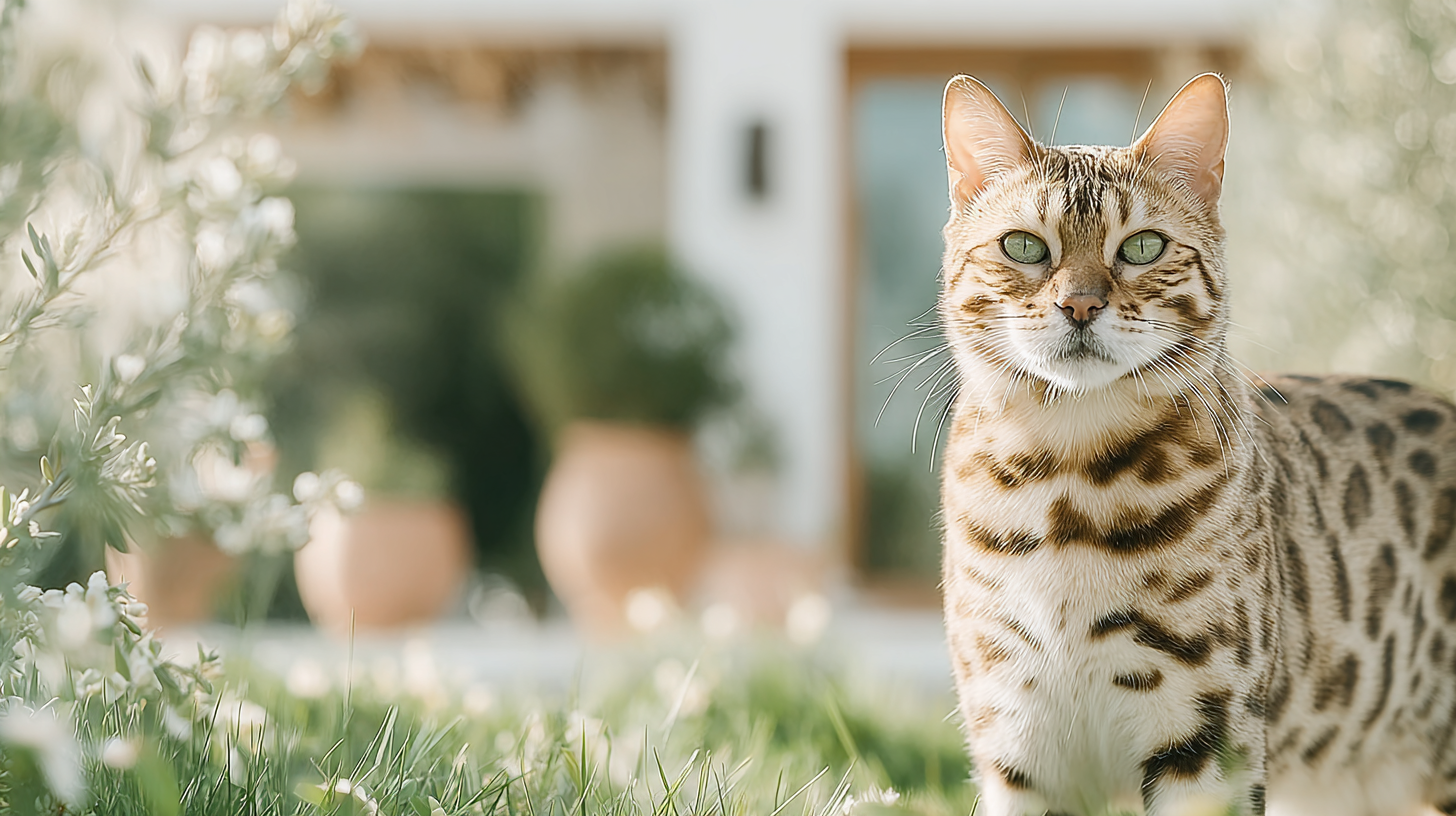Santé féline
Pourquoi mon chat ne fait plus caca dans sa litière ? Un vétérinaire explique les causes et solutions
Un vétérinaire explique les raisons médicales et comportementales de la défécation inappropriée chez les chats, couvrant la constipation, l'arthrite, les facteurs de stress, et les solutions pratiques, y compris l'optimisation de la litière et les changements environnementaux pour rétablir des habitudes d'élimination normales.
En savoir plusPourquoi mon chat perd ses poils ? Un vétérinaire explique les 8 causes les plus fréquentes
Découvrez pourquoi mon chat perd ses poils : 8 causes fréquentes comme le stress ou les parasites, et quand consulter un vétérinaire.
En savoir plusComment mettre un harnais à un chat : Votre guide complet pour des aventures en plein air en toute sécurité
Cet article présente les techniques essentielles pour dresser les chats au port du harnais en toute sécurité, notamment la compréhension de la psychologie féline, le choix d'un équipement approprié et la mise en œuvre d'une approche étape par étape qui donne la priorité au confort de votre chat et crée des associations positives grâce à des méthodes patientes et basées sur la récompense.
En savoir plusCombien de temps dure la fièvre chez le chat : Conseils vétérinaires pour parents inquiets
Un expert vétérinaire explique la durée de la fièvre féline, depuis les affections aiguës qui guérissent en 5 jours jusqu'aux cas persistants qui durent plus de 12 jours. Couvre les symptômes, les causes, les approches diagnostiques et les stratégies de soins à domicile pour les propriétaires d'animaux concernés.
En savoir plusComprendre l'éternuement du chat : Pourquoi mon chat éternue-t-il et quand faut-il s'inquiéter ?
Un vétérinaire explique les causes les plus courantes des éternuements félins, notamment les infections, les irritants environnementaux et les problèmes dentaires. Apprenez les signes d'alerte qui nécessitent l'intervention immédiate d'un vétérinaire et les stratégies de prévention pratiques pour garder votre chat en bonne santé.
En savoir plusPourquoi mon chat tousse autant et quand dois-je m'inquiéter ?
Un vétérinaire explique les causes courantes de la toux du chat, des infections respiratoires aux affections graves, ainsi que les signes d'alerte qui nécessitent une intervention professionnelle immédiate et ce à quoi vous pouvez vous attendre lors de votre visite chez le vétérinaire.
En savoir plusComment savoir si mon chat est malade : 10 signes subtils que la plupart des propriétaires ignorent
Cet article présente dix signes d'alerte subtils indiquant une maladie féline, notamment des changements d'appétit, de comportement, d'habitudes en matière de litière et des symptômes physiques que les propriétaires d'animaux de compagnie doivent surveiller quotidiennement afin de détecter rapidement les problèmes de santé.
En savoir plusPourquoi un chat ronronne : Décrypter les significations cachées des vibrations félines
Un vétérinaire explique les différents types de ronronnements des chats, des signaux de satisfaction aux réponses au stress, afin d'aider les propriétaires d'animaux à interpréter les vocalisations complexes et les états émotionnels de leur félin.
En savoir plusComment nettoyer les oreilles d'un chat : Secrets vétérinaires pour des soins auriculaires sûrs et sans stress à domicile
Ce guide vétérinaire présente les techniques de nettoyage des oreilles pour les chats, y compris les fournitures essentielles, les instructions étape par étape, les signes d'alerte nécessitant l'intervention d'un professionnel et les conseils pour créer une expérience sans stress pour vous et votre compagnon félin.
En savoir plus








